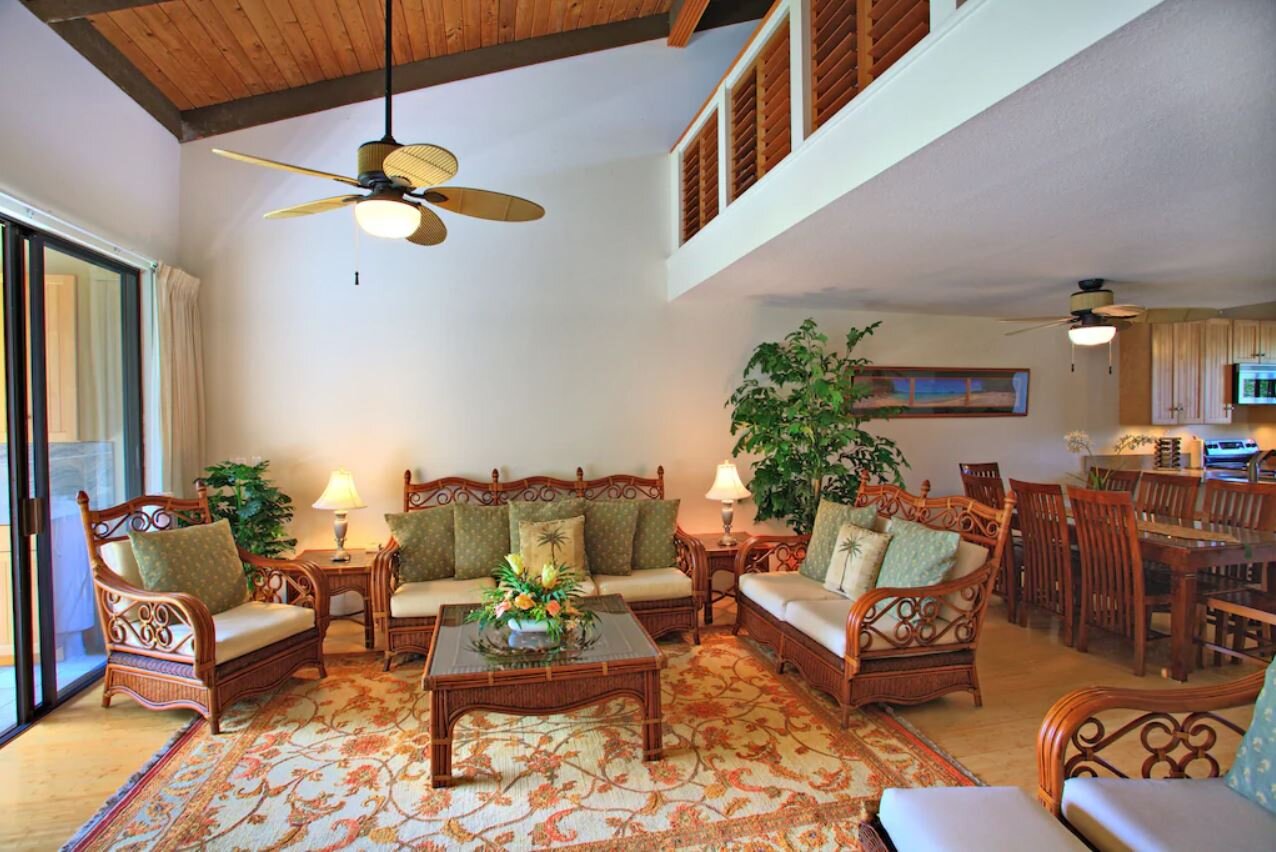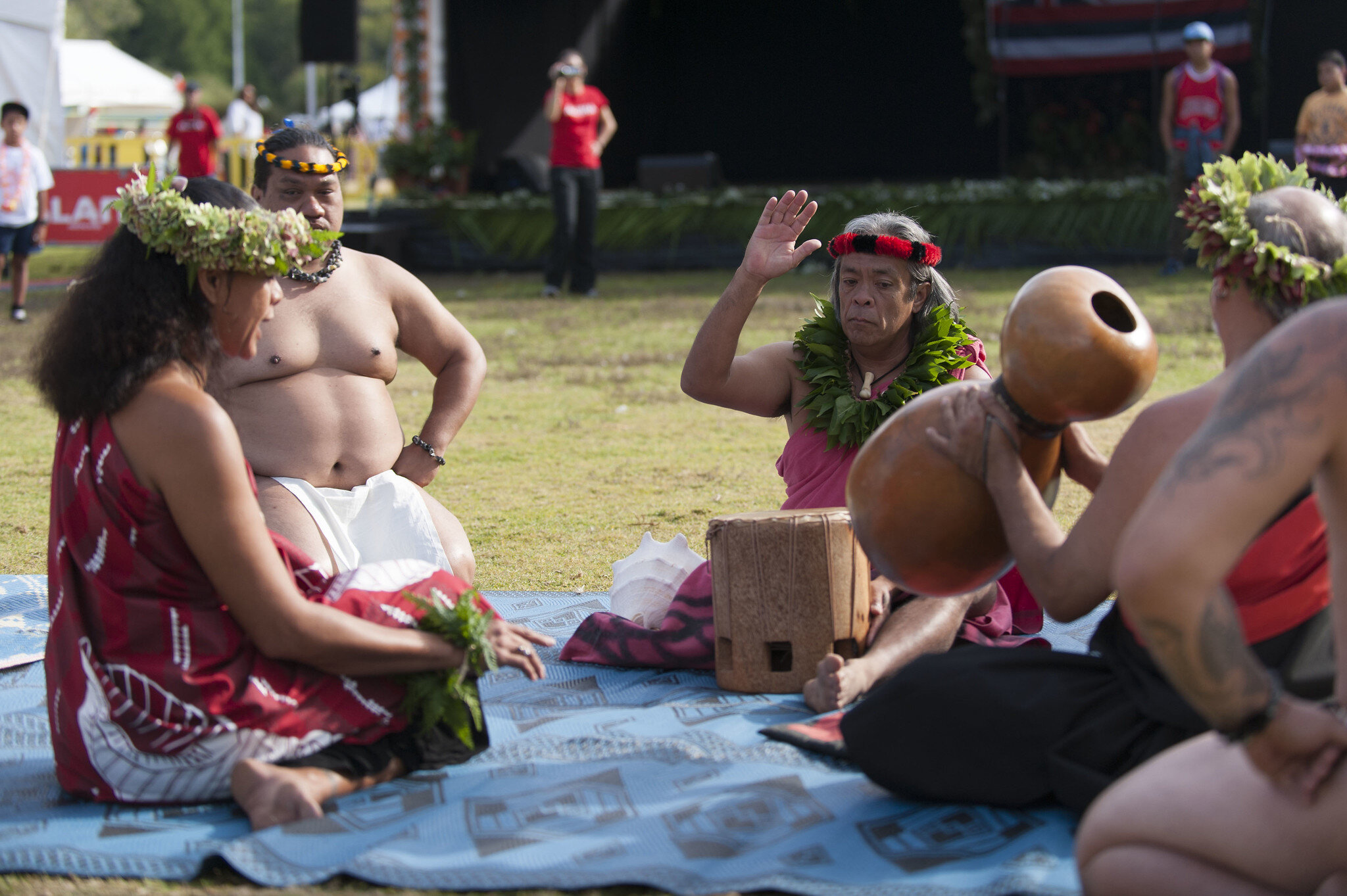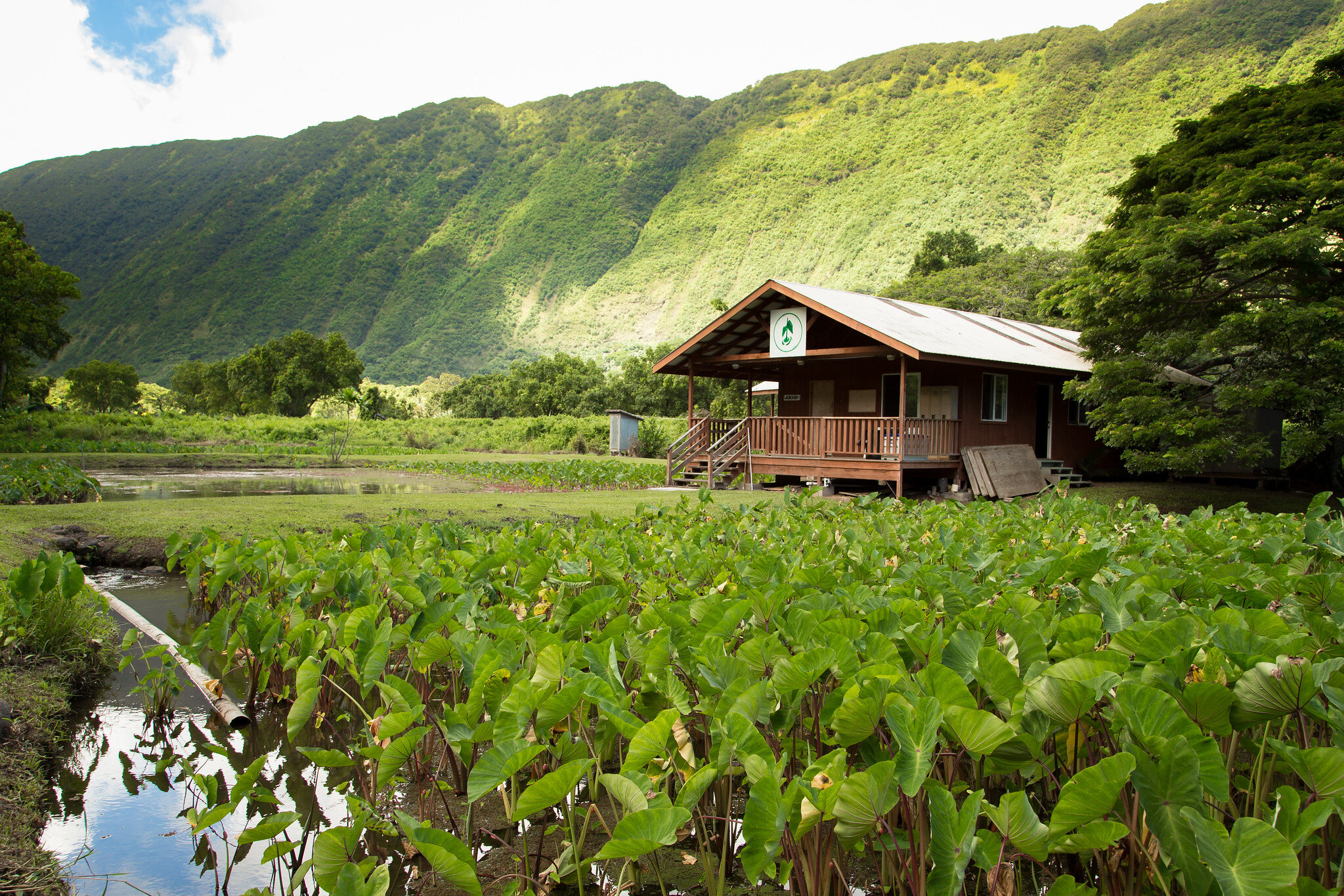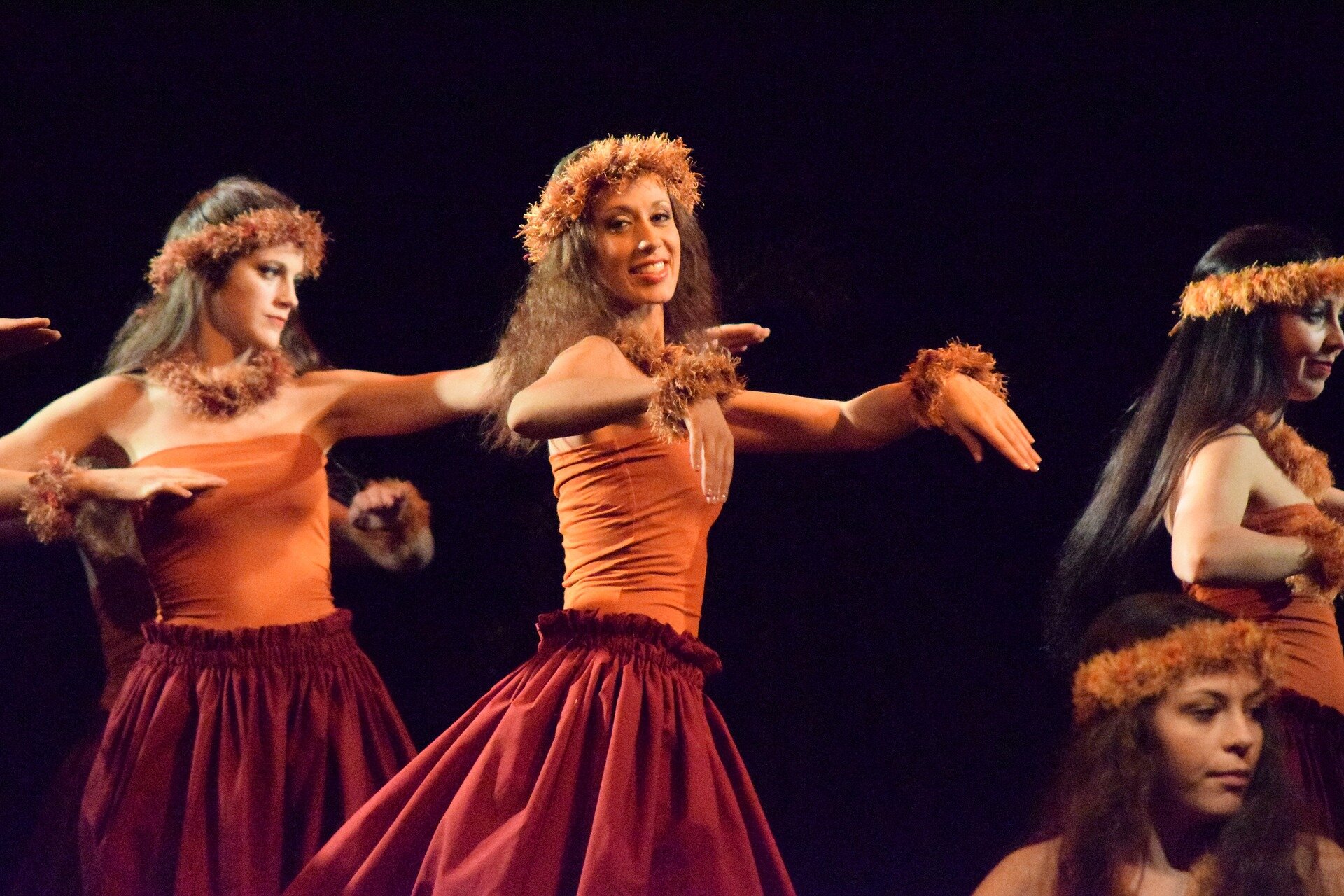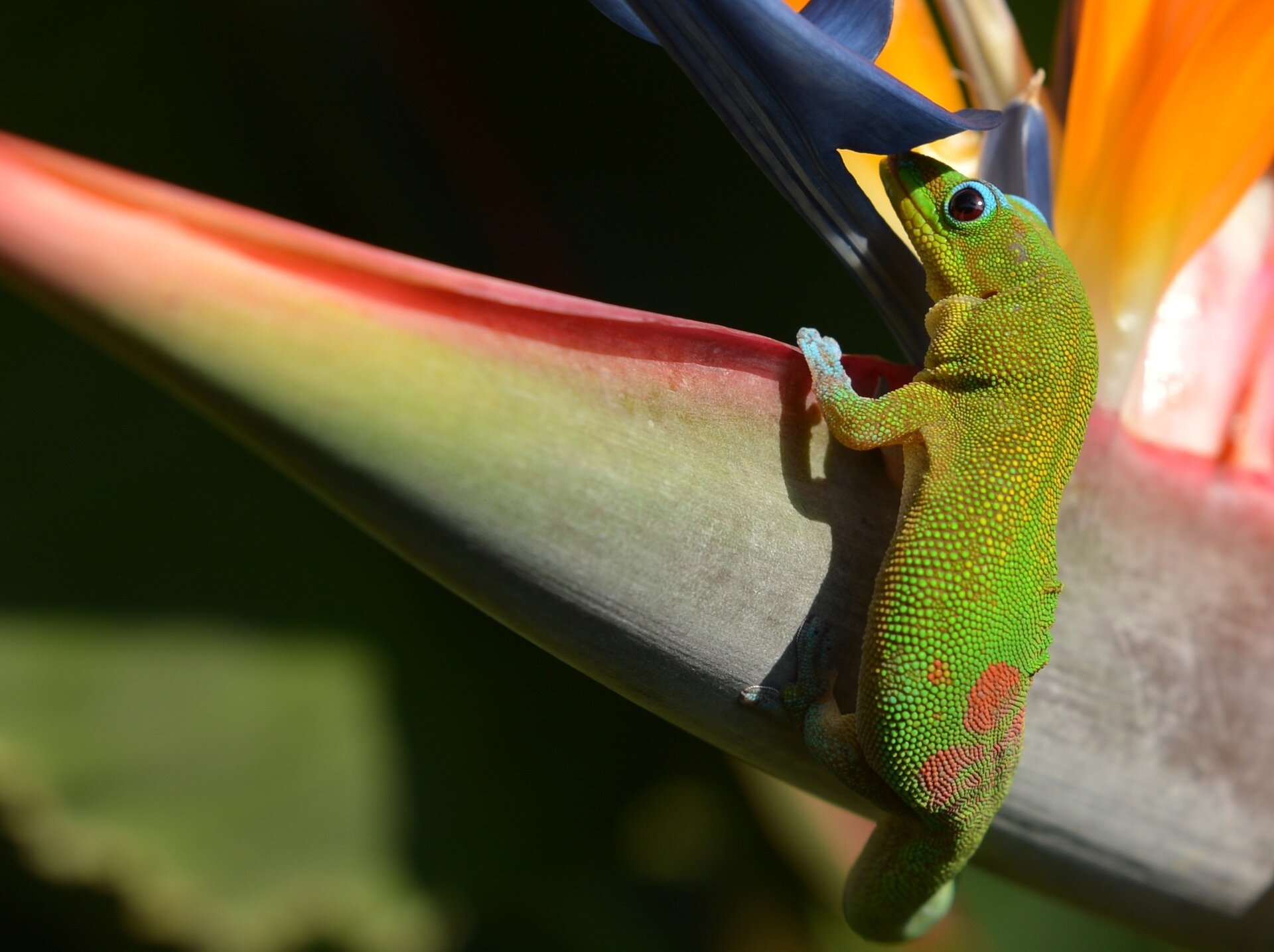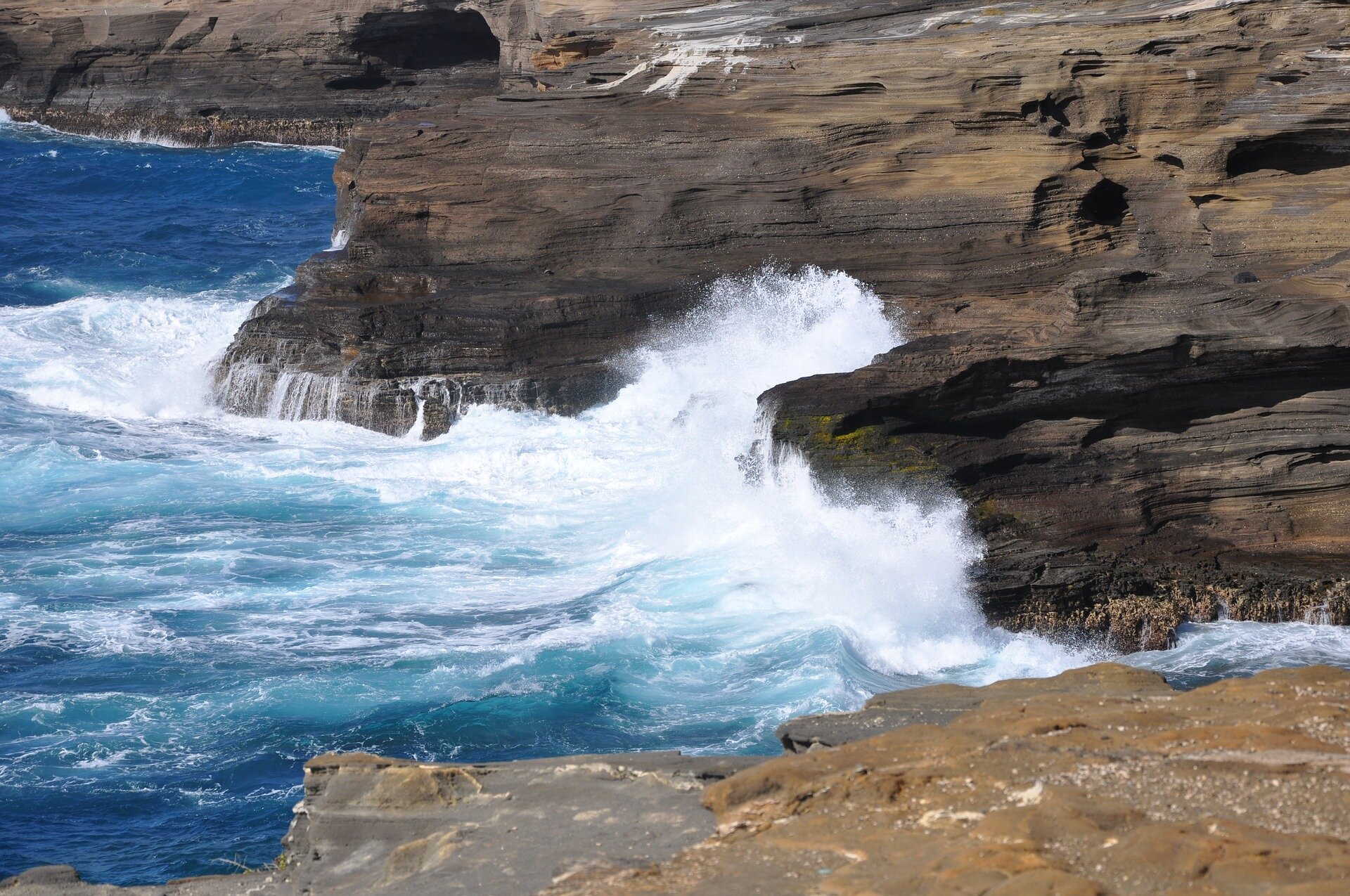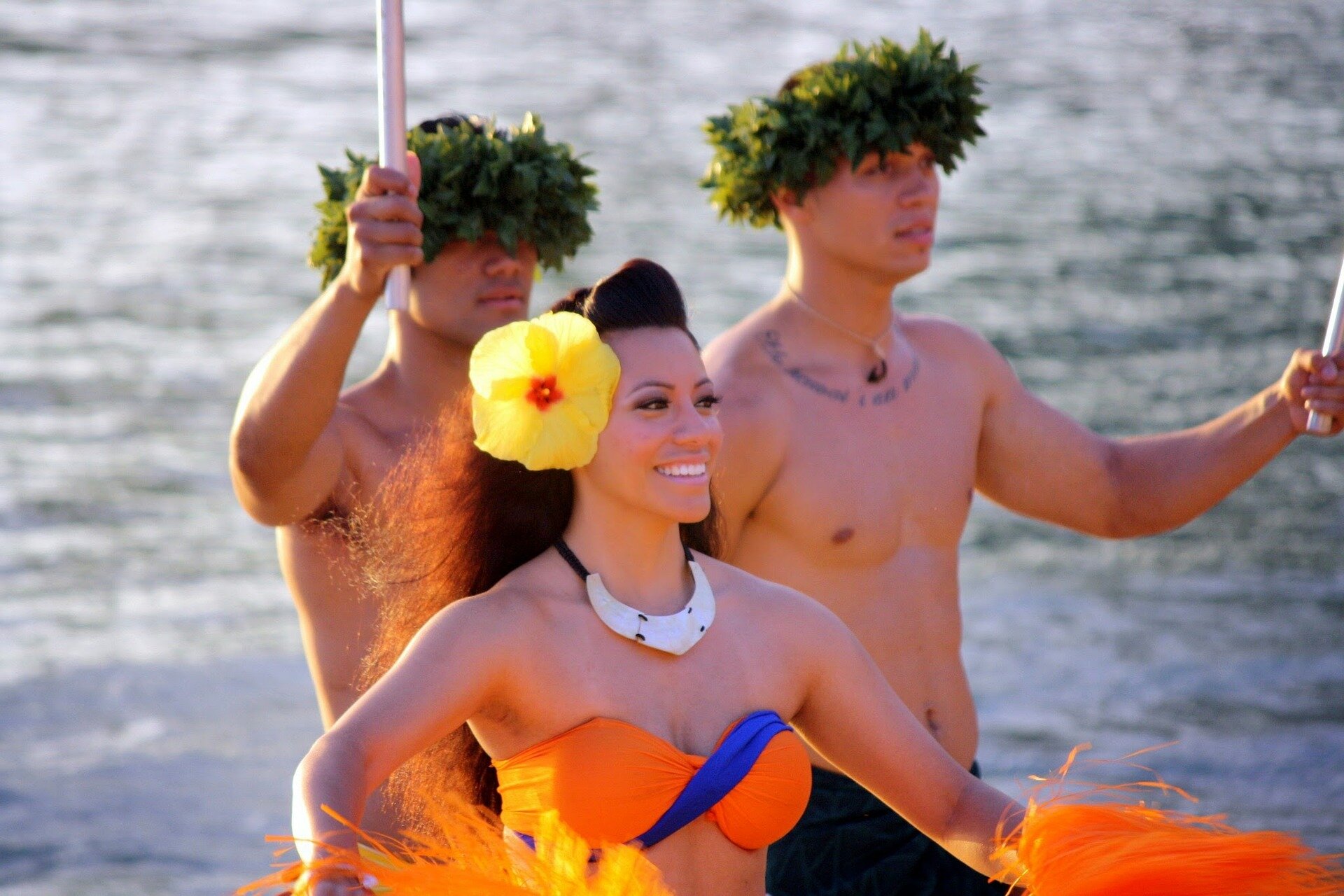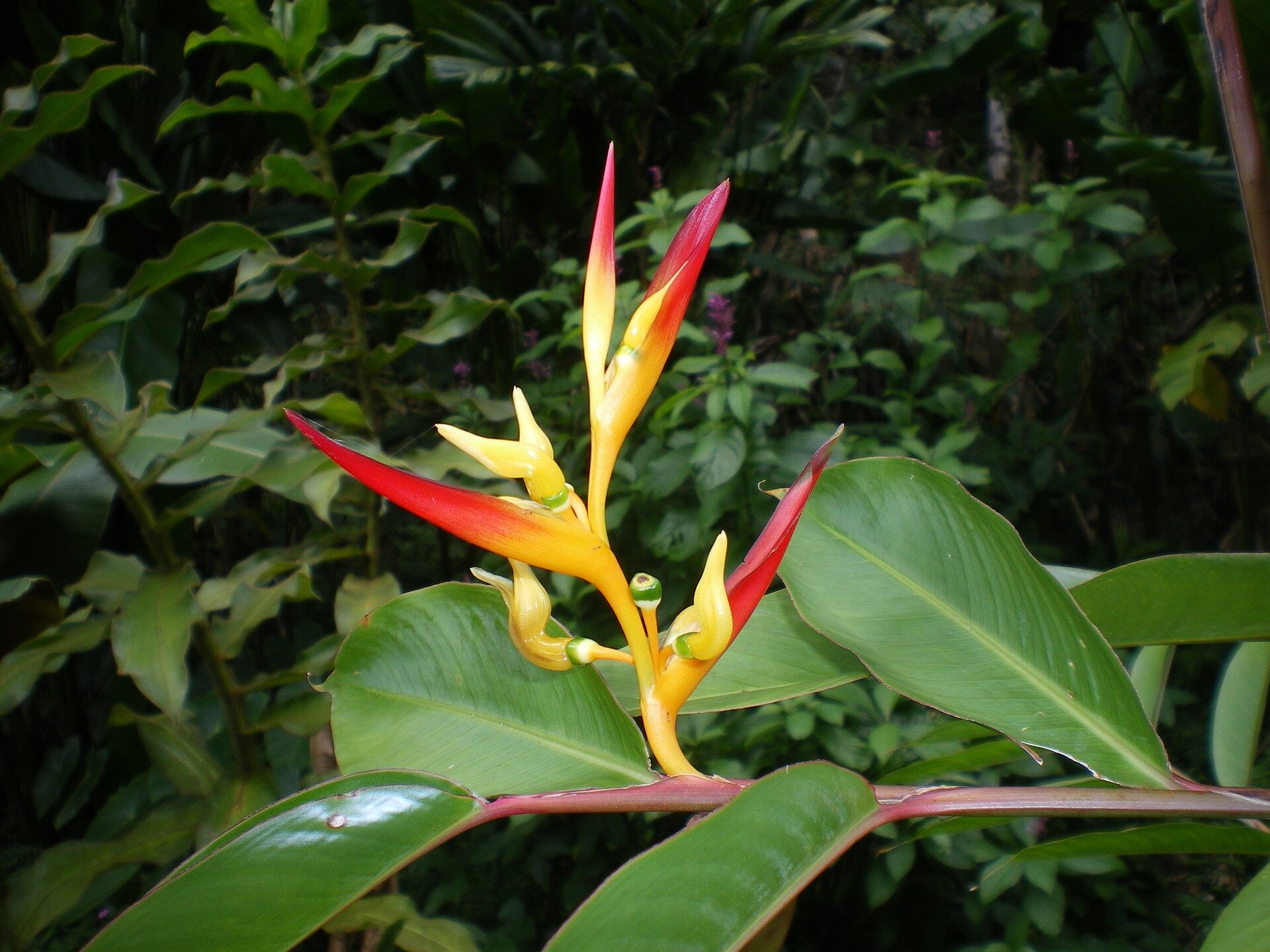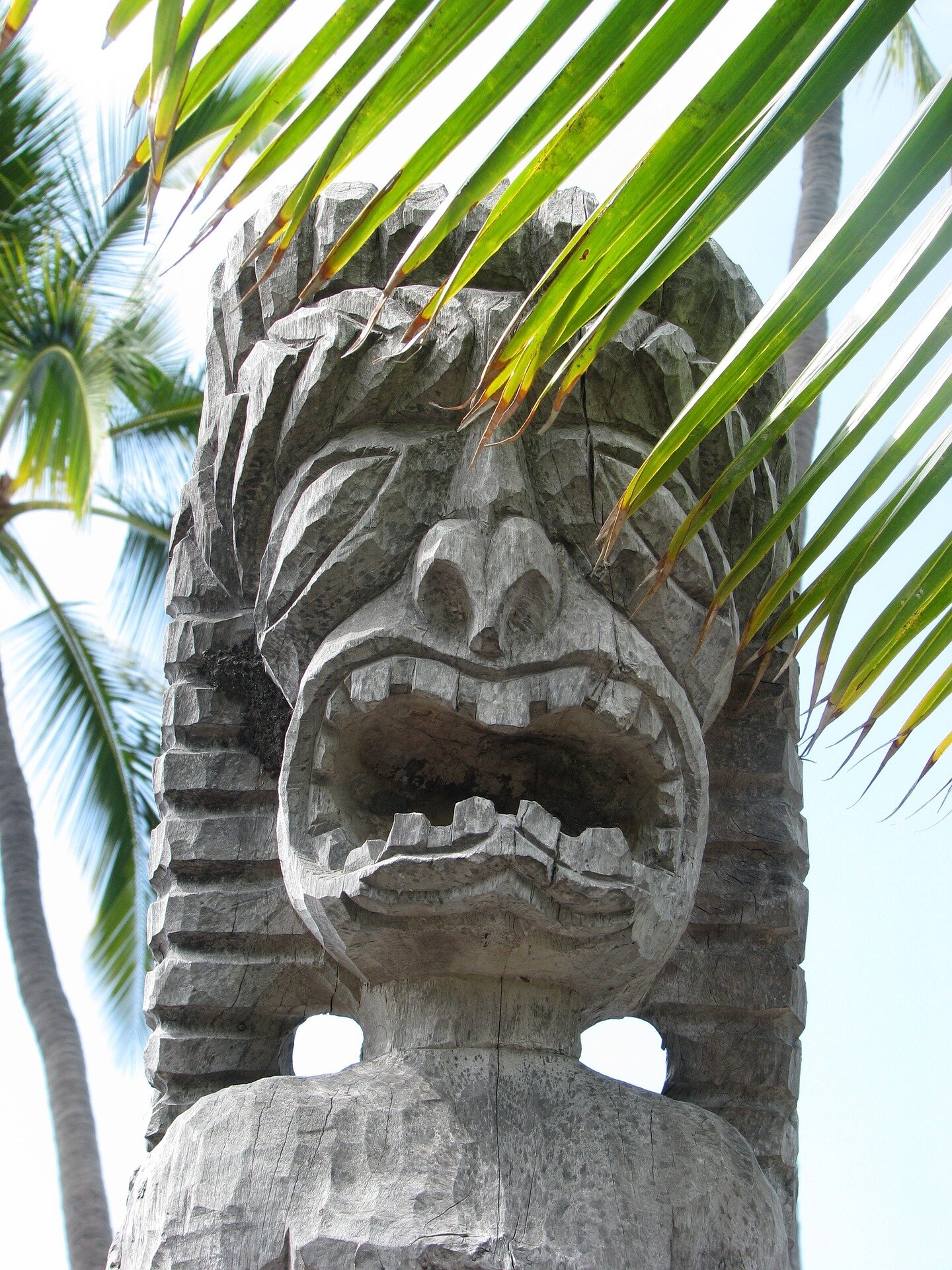Big Island, Hawaii
8 Days Field Science and Hawaiian Culture
The Big Island of Hawaii
137 islands and atolls stretching across 1,500 miles together form the Hawaiian archipelago, yet only 7 are inhabited by today’s Hawaiian population. Hawai’i -- also called The Big Island -- is the largest geographically and home to some of the most diverse ecosystems of the region. From Kiluaea, one of the world’s most active volcanoes, to Mauna Kea with a summit just under 14,000 feet, it’s obvious why so many people hope to experience the natural beauty and energy found on the island.
Housing
The group will be based in a combination of separate housing condos located in the Kona region of Hawaii. Each unit composed of a kitchen, living room, several bedrooms and bathrooms. The separate units provide plenty of space for everyone to spread out and enjoy the fresh ocean air. Amenities on site includes a large swimming pool and close access to incredible snorkeling, restaurants and shops.
travel Costs: $2,600 + Airfare (estimated at $700)
What’s included: The fee covers lodging, supplies, food, local transportation, and access to educational, natural history, and cultural centers.
What’s not included: Airfare transportation from Bozeman to Hawaii, souvenirs, personal spending money, travel insurance.
On Mauna Kea, Hawaii’s tallest mountain
Hawaii Expedition Week Schedule
DAY 1: ARRIVAL DAY
After arriving at the airport and meeting with the instructor team, today is spent acclimating to the group’s new Hawaiian home. Orientation is provided for the housing and surrounding area. Everyone spends time getting to know one another and the week’s agenda is outlined in detail.
DAYS 2 – 6: EXPLORATION TIME
Exploration days are busy. Students will have the opportunity to snorkel and learn about marine biodiversity, reef health, ocean conservation, adventure through Hawaii’s 7 ecosystem, hike through a volcanic crater, lava tubes, lava fields of petroglyphs, and learn about Hawaiian culture, observe hula dances by local school groups, and enjoy traditional Hawaiian food.
DAY 7: DEPART FOR HOME
The first half of the day will be spent shopping in Kona for last minute souvenirs before hopping a flight back home to Bozeman.
DAY 8: ARRIVE HOME
Hawaii Highlights
What past participants have to say about their experience:
Molly M. | LEE University
"Now being done with school and having a degree in journalism and a passion for traveling, I've been in that stage of life where I'm looking for all different kinds of opportunities to use my skills and expand them as well. I just happened upon this company and trip, and immediately was blown away at all that gets done in just a week's amount of time in the coolest places all over the world. During my time on the boat, I felt so motivated and trusted which makes a huge difference. I feel like I have the fire to write and get work done for the sailing guide professionally and I believe this will put me in the direction I want to go in with travel writing. Personally, I am so grateful to be in a welcoming environment with patience and adventure."
Eric N. | Texas A&M
"My Global Treks experience was truly one of the best of my life. The trip gave me an incredibly valuable academic experience. I probably learned more about hands-on, geographical data collection during the 8 days with the team than I have in two years at A&M. Though I think that says more about value of quality field experience than it does about any lack of quality from university education, because universities courses are hugely valuable, but nothing can replace high quality field experience. Furthermore, I believe my experience with Global Treks will give me a significant edge when applying to future internships with National Geographic (fingers crossed) and graduate school.
Joseph B. | Baldwin Wallace University
"This expedition was an overall amazing experience and definitely one that will stick with me forever. I felt that throughout the trip, my expectations and goals were exceeded. Academically, I was able to conduct valuable field work in regards to both geology and GIS. To be in the field collecting and analyzing samples from a remote location is valuable knowledge that will only help me and help me grow further as an individual in the field of geology. As for GIS, this was the first of GPS tracking and collecting data, so to go into the field and actually learn hands on how to do so is invaluable. I consider myself a hands on learner, so this field work helped me exceptionally and it will help me in the long run to apply these new skills to further my education. Professionally, this expedition taught me how to do real life work outside of the classroom in a group setting and individually. Instead of just doing group work in the lab, I was outside in the field tracking in a team. As well as looking at rock formations and identifying rock types as an individual. Not to mention working as a team throughout the week on the sailboat. That alone took an innumerable amount of teamwork and camaraderie to get through the week. This helped so much especially going into a setting where we were all strangers. You can’t always pick who you work with and you must adapt to the setting and what you’re given. Thankfully, the team was amazing and it was so refreshing to work with such an awesome group of people. Personally, this trip overall was an amazing experience and it was definitely an adventure that helped me grow as an individual. Constantly helping others to accomplish a common goal is something I’m used to because of always being in a team setting, but never in this capacity. Sailing and living on a boat for a week was such an amazing experience and the lessons, memories, adventures, and experience will stick with me forever. I look forward to applying these skills in the future.




